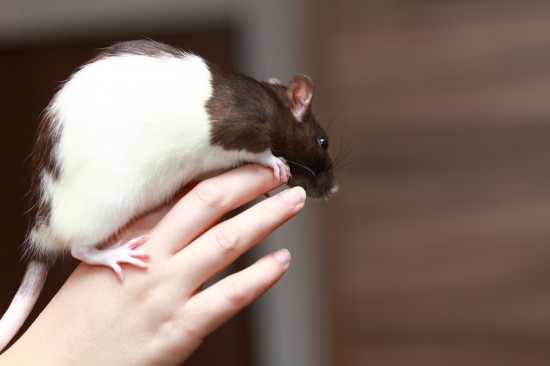
Natural remedies for cats can be given freshly chopped, dried or powdered, in teas and tinctures, as tablets or capsules or applied externally as compresses and poultices. The challenge is to get your cat to take its medication as cats are usually not very co-operative. Here are some tried and tested ways of outwitting moggie and successfully administer natural and home remedies to your cat.
Chopped, minced and grated fresh or dried herbs, powders, capsules and pills are easily administered as they can be disguised in food. To make them go unnoticed hide them in strongly flavoured foods. Fish, pate or sticky foods like honey work particularly well.
Liquids such as herbal teas and tinctures can be added to your cat's food or drinking water. Don't overdo it or your cat will notice. Another way to give liquids is to fill them into capsules which can then be given directly or hidden in food. However, filling capsules is not an easy process. If your cat does not accept liquids in food and drinking water you will have to learn how to administer liquids directly.
The correct way to administer liquids directly is to grab your cat by the scruff of the neck and tilt the neck backwards so that the mouth opens. Then make a pouch with the lower lip and drop or squirt the liquid alongside the lower back teeth and onto the back of the tongue. This may require some practice.
Make sure that the cat swallows after each squirt. Some cats hate this and may salivate a lot during the procedure, so by emptying the medicine onto the back of the tongue most of it will go down.
Some remedies can also be administered by ear. This works well for teas and tinctures. It helps if your cat is lying on its side for this. The liquid should be at body temperature and you pour it into your cat's ear using a dropper. Then close the ear and massage it. Keep your cat quiet as long as possible. Don't worry if the cat shakes its head. Any liquid in the ear canal will be absorbed by the body.
Administering tablets and capsules directly may also require some practice. To give your cat a tablet or capsule place it on a table. Grasp the head from above at the corners of the mouth where the jaws meet and, with your right hand, tilt the head back and open the mouth wide by pushing on the lower jaw with your forefinger and pulling it down. Then place the pill in quickly at the back of the mouth, close it and keep it closed until the cat has swallowed the pill. Gently stroke its throat to activate the swallowing reflex. To make the whole process less traumatic, you could offer your cat a treat before and after the treatment and praise it for its co-operation.
If your cat puts up strong resistance to being given liquids and pills in the manner described above, wrap a large towel or blanket firmly around the cat's body but let the head stick out at the top. Talk to your cat to re-assure and calm it. Get help for administering any medication as your cat certainly won't open its mouth for you!
Poultices are directly applied to the affected part of your cat's body. They can be held in place by bandages, muslin or cheesecloth. Applying an outer layer of plastic wrapping will prevent staining of fabrics. If you cannot apply the poultice this way, hold it in place by hand for as long as your cat lets you. The application of a cold herbal tea or diluted tincture on a cloth is called a compress. Saturate the fabric with liquid and apply to the affected area and bandage like a poultice.
By following the advice above you should be able to administer a variety of remedies to your cat with confidence.
Monika Ruthe is a complementary therapist and the creator of an online information resource on natural and home remedies for cats. To discover the best remedies for a variety of common ailments and learn how to use them visit
http://www.homeremediesforcats.com
 Harmless and Permanent Solution to Bird Control
Harmless and Permanent Solution to Bird Control
Harmless and Permanent Solution to Bird Control
Harmless and Permanent Solution to Bird Control
 Dog-friendly Hotels - Some Caveats To Note
Dog-friendly Hote
Dog-friendly Hotels - Some Caveats To Note
Dog-friendly Hote
 Tips On Bathing Your Pet Rat
Tips On Bathing Y
Tips On Bathing Your Pet Rat
Tips On Bathing Y
 How What You Feed Your Dog Can Affect Their Temperament And Personality
How What You Feed
How What You Feed Your Dog Can Affect Their Temperament And Personality
How What You Feed
 All About The Extremely Rare New Guinea Singing Dog
All About The Ext
All About The Extremely Rare New Guinea Singing Dog
All About The Ext
Copyright © 2005-2016 Pet Information All Rights Reserved
Contact us: www162date@outlook.com